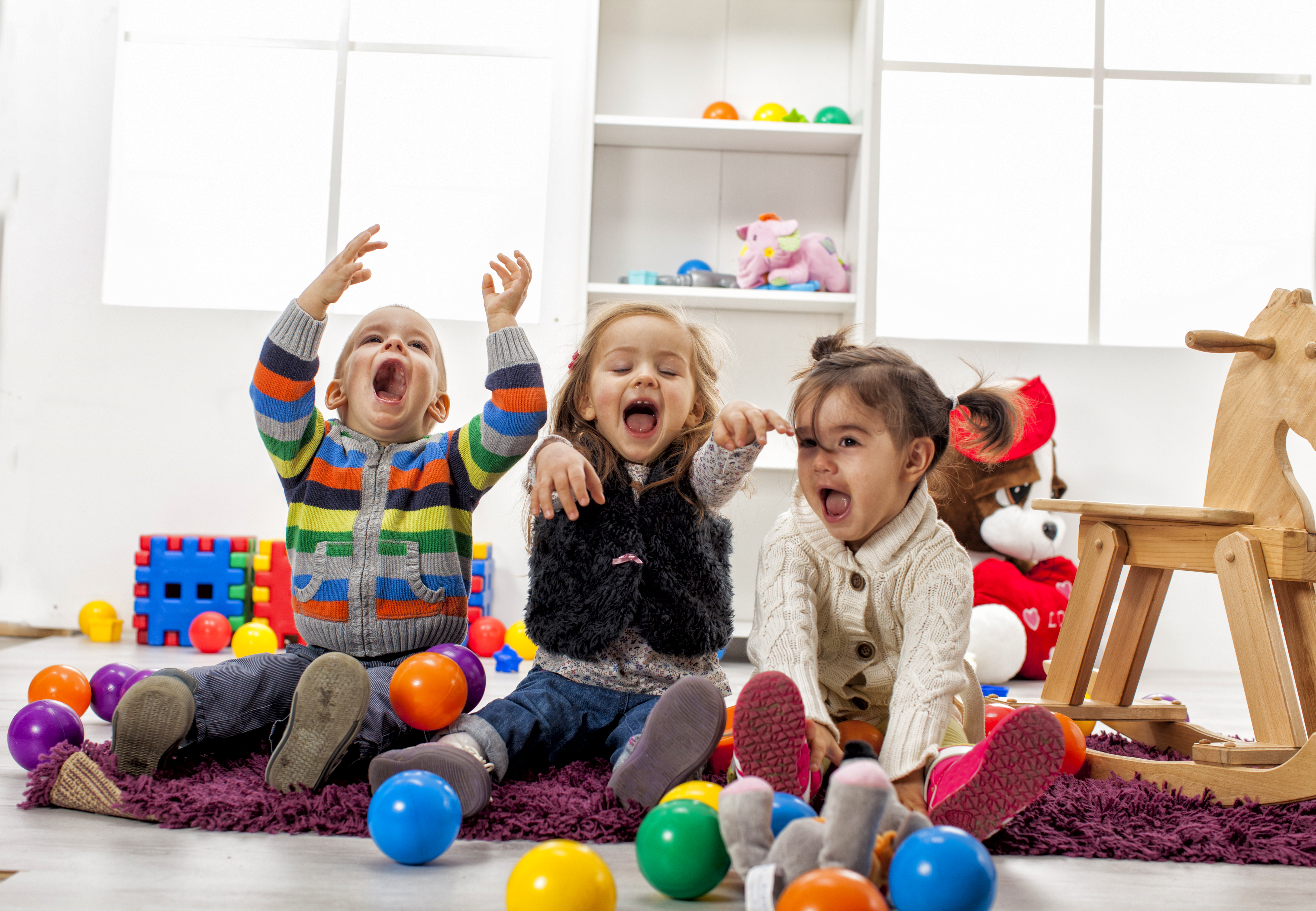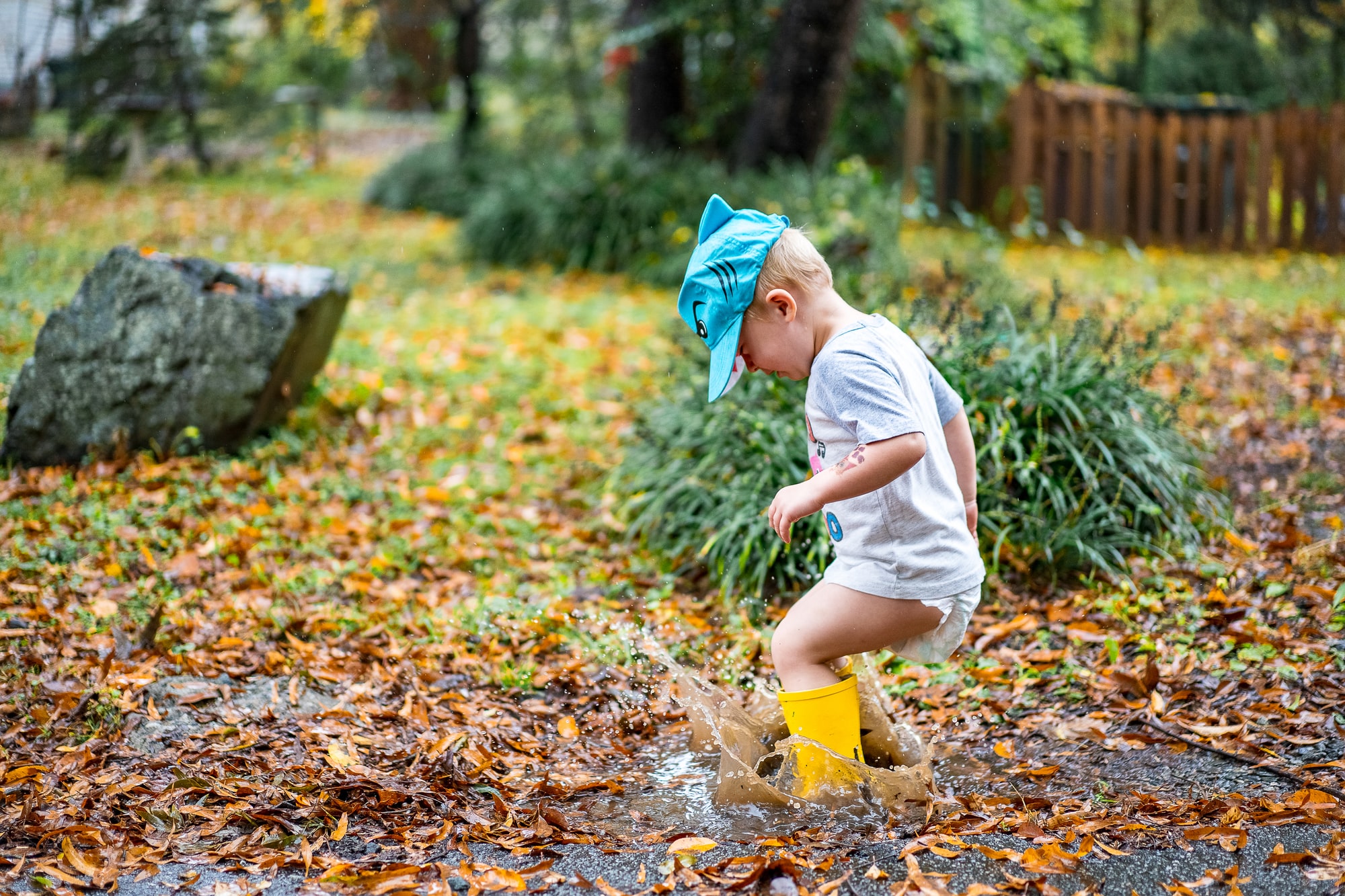Getting Your Child To Talk...

As your child approaches toddlerhood, there are many stages of development to look forward to. However, each child may reach their developmental milestone with a different pace. Some children may reach it earlier, some may have a later onset. However, as a typically-developing children, their developmental stages won’t be too far apart.
For those on the later side, it might as well cause worries and concern to parents. Of course, you are looking forward to your child talking like your neighbors' children do. They are talking, playing and laughing like there’s no tomorrow! Surely, you would want the same for your child.
Anyhow, getting your little ones to talk isn’t going to happen overnight — it requires patience and consistency.

Your tasks as parents are to create opportunities in encouraging your toddler to begin speaking. Parents also need to expand their toddler's language skills; the aim is to increase their vocabulary gradually. Use topics or anything that they are motivated to. Does your child love animals? Talk about animals that you can see in real life or those in books!
You may also want to make the sentences bigger. If your child is able to say the word “car”, you may want to expand the word to “Yes, it is a blue car. It goes vroom vroom”. Narrating and commenting during play is also one of the ways to increase communication. As the child is playing with a ball, you may as well describe “Kicking, you are kicking the ball”.
Here are 5 activities that you may want to engage with your child to get them to talk:
1. Play
You may engage in different types of play, be it stacking wooden blocks, sensory bins or just manipulating with toy cars, dolls and balls. As long as the child enjoys and is able to remain in the activity —practice commenting during play.

As your child rolls the toy car down the ramp, you may add in a comment, “So fast!”. You can also make car sounds from the play.
Then, you may add in more words to what your child already says. For example, “cat”. If the child says cat, you can start to add in adjectives to describe the cat - “big cat,” or “orange cat.” Your child will start to learn new words and learn to associate words with one another.
2. Songs & Rhymes
Songs can be used as part of an activity. Instead of continuously playing the song, we can encourage children to fill in the gaps in the songs. Here’s how:
As you sing, you may want to pause and wait for your child to continue singing. For example, “The wheels on the bus go.... “, and wait for the child to fill in “...round and round”.
Apart from that, we can also encourage Finger Plays involving the movement of the hands and fingers. Show your child that it is fun to experiment and be silly with language by making silly sounds with them. During singing activities, we may also associate that with lots of hand movements like clapping hands, peek-a-boo, Itsy -bitsy spider actions and other gestures along with the appropriate words. All these hand gestures help the child to associate a word with a meaning and build their vocabulary.
3. Read Books

Reading is crucial… and fun! Short, rhyming, and easy- to-follow stories are the best for a toddler’s developing speech. Simply read and let the story flow. Get your child to look at the pages, point to pictures, as you label what you see, how it sounds like and make actions to it. You may also use audiobooks and picture books as they are great activities to encourage toddler's speech. They allow more conversation, imagination, and help develop critical thinking skills.
4. Nature Walks
Take a walk around the yard, neighborhood, or park. Stop and observe the things around you. Encourage your child to pick things up and offer a description of the item. You are encouraged to use magnifying glasses during the activity if needed. Label the colors, the textures and the smells, to increase awareness and association of vocabulary. For example, you may label a “butterfly” and indicate the colors and say, “It is flying!”.
5. Daily Activities

Integrate your daily activities – grocery shopping, baking, cooking, etc into their daily lives as early as possible. There is so much to talk about as you engage your child with your daily activities. For example, as you go grocery shopping, every fruit and vegetable has a different size, color, texture, scent, and flavor that you can expose your child to. It definitely takes more time and effort to do so, but know that it is worth every sweat.
Simple cooking or baking activity during the weekends alongside other siblings can also be done. You will have more opportunity to teach vocabulary related to the ingredients and tools used during the activity. You may focus on labelling of items (e.g., flour, cup, spoon) and actions (e.g., stirring, pouring, open) too.

As you continuously talk and engage with your child, it will help increase your child's talking ability too. Your efforts will help enhance their receptive languages, which will lead to an increase in their expressive language. Learn and practice the strategies – create opportunity, comment, make bigger words, label, and enjoy the process with your child. However, you are still encouraged to seek professional help for further assessment and intervention to better help your child.
This article was written by Amanda Zahidal from Joyous Kiddy.



